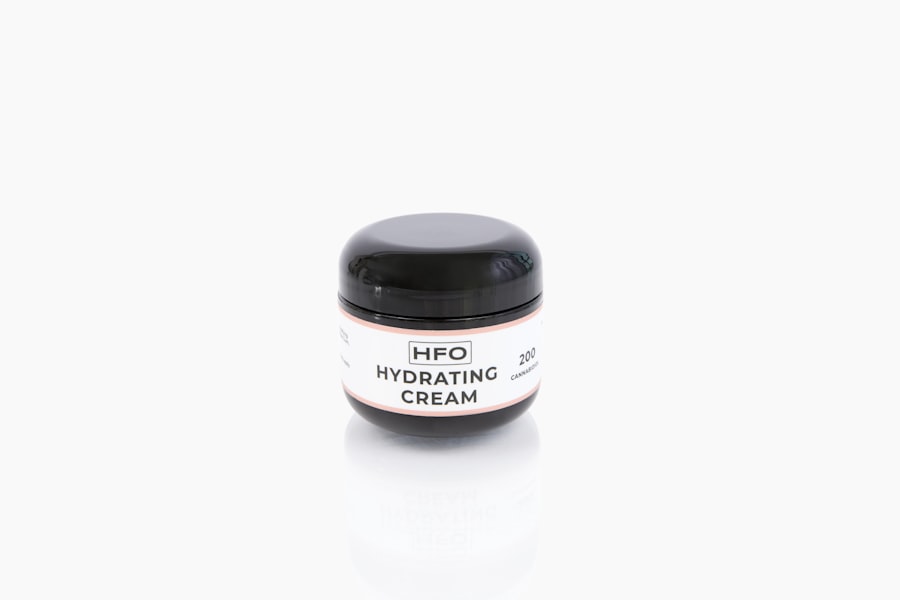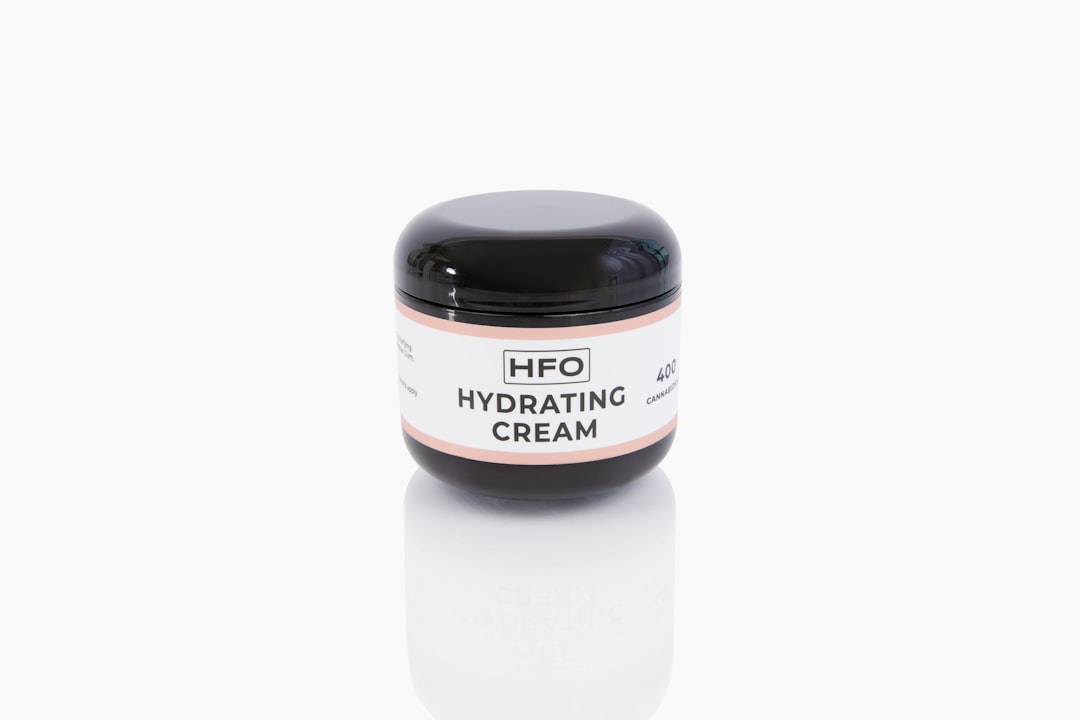Aftercare is a crucial aspect of any beauty or wellness treatment, yet it is often overlooked. You may find yourself excited about the immediate results of a procedure, but neglecting aftercare can lead to complications that diminish those results. Understanding the importance of aftercare is essential for ensuring that your skin heals properly and maintains its newfound radiance.
Aftercare is not merely a set of instructions; it is a commitment to nurturing your skin and allowing it to recover optimally. When you invest time and effort into a treatment, whether it’s a facial, laser therapy, or any other skin procedure, you must also invest in the aftercare process. This phase is where the real magic happens, as it allows your skin to adapt and respond positively to the treatment.
By following aftercare guidelines, you can minimize discomfort, reduce the risk of infection, and enhance the overall effectiveness of the procedure. Your skin deserves this attention, and by prioritizing aftercare, you are setting the stage for long-lasting results.
Key Takeaways
- Aftercare is crucial for maintaining the results of skin treatments and preventing complications.
- Discomfort and redness can be managed with proper aftercare techniques and products.
- Sun exposure can cause damage to the skin after treatments, so it’s important to protect it with sunscreen.
- Moisturizing and hydrating the skin is essential for promoting healing and preventing dryness.
- Irritation and ingrown hairs can be avoided with gentle cleansing and exfoliation techniques.
Managing Discomfort and Redness
Experiencing discomfort and redness after a treatment is common, but how you manage these symptoms can significantly impact your recovery. You might notice that your skin feels sensitive or appears flushed immediately following a procedure. This reaction is typically temporary, but it’s essential to take steps to alleviate any discomfort you may feel.
Applying a cool compress can provide immediate relief, soothing the skin and reducing inflammation. You may also want to consider using products specifically designed for post-treatment care, as they often contain calming ingredients that can help ease irritation. In addition to topical treatments, staying hydrated is vital for managing discomfort.
Drinking plenty of water can help your skin recover more quickly and reduce the likelihood of prolonged redness. You should also avoid hot showers or baths for a few days, as heat can exacerbate sensitivity. Instead, opt for lukewarm water when cleansing your face.
By being mindful of your body’s needs during this time, you can effectively manage discomfort and promote a smoother healing process.
Protecting the Skin from Sun Exposure

One of the most critical aspects of aftercare is protecting your skin from sun exposure. After undergoing a treatment, your skin may be more vulnerable to UV rays, which can lead to complications such as hyperpigmentation or premature aging. You should make it a priority to apply a broad-spectrum sunscreen with an SPF of at least 30 every day, even on cloudy days.
This protective measure will shield your skin from harmful rays and help maintain the results of your treatment. In addition to sunscreen, wearing protective clothing can further safeguard your skin from sun exposure. Consider donning wide-brimmed hats or long-sleeved shirts when spending time outdoors.
If you plan to be in direct sunlight for an extended period, seek shade whenever possible. By taking these precautions, you are not only protecting your skin but also ensuring that the benefits of your treatment last longer.
Moisturizing and Hydrating the Skin
| Product | Moisturizing Level | Hydrating Level |
|---|---|---|
| Lotion A | High | Medium |
| Cream B | Medium | High |
| Serum C | High | High |
Keeping your skin moisturized and hydrated is another essential component of aftercare. After a treatment, your skin may feel dry or tight, making it crucial to replenish moisture levels. You should choose a gentle, hydrating moisturizer that suits your skin type and apply it regularly throughout the day.
Look for products containing ingredients like hyaluronic acid or glycerin, which are known for their ability to attract and retain moisture. In addition to using a moisturizer, consider incorporating hydrating serums into your routine. These products can provide an extra boost of hydration and help restore your skin’s natural barrier function.
Remember that hydration isn’t just about topical products; drinking enough water daily is equally important. By prioritizing both internal and external hydration, you can support your skin’s recovery and maintain its health in the long run.
Avoiding Irritation and Ingrown Hairs
After certain treatments, particularly hair removal procedures, you may be at risk for irritation or ingrown hairs. To minimize these issues, it’s essential to avoid any harsh products or aggressive scrubs for at least a week following your treatment. Instead, opt for gentle cleansers and soothing lotions that will not irritate your sensitive skin.
To further prevent ingrown hairs, consider using an exfoliating product designed for post-treatment care. Gentle exfoliation can help remove dead skin cells that may clog hair follicles and lead to ingrown hairs.
However, be cautious not to over-exfoliate; once or twice a week should suffice. By taking these preventive measures, you can keep your skin smooth and irritation-free while enjoying the benefits of your treatment.
Gentle Cleansing and Exfoliation

Cleansing your skin properly after a treatment is vital for maintaining its health and appearance. You should choose a gentle cleanser that won’t strip away natural oils or irritate sensitive areas. Avoid using products with harsh chemicals or fragrances during this time; instead, look for soothing ingredients like aloe vera or chamomile that can help calm your skin.
When cleansing, use lukewarm water and pat your face dry with a soft towel rather than rubbing it vigorously. Exfoliation is another important aspect of post-treatment care but should be approached with caution. While exfoliating helps remove dead skin cells and promotes cell turnover, aggressive scrubbing can lead to irritation or damage.
These gentle options can effectively slough away dead skin without causing harm. By adopting a careful cleansing and exfoliation routine, you can support your skin’s healing process while keeping it fresh and vibrant.
Monitoring and Treating Any Adverse Reactions
As you navigate through the aftercare process, it’s essential to monitor your skin for any adverse reactions that may arise. While most treatments are safe and effective, some individuals may experience unexpected side effects such as excessive redness, swelling, or itching. If you notice any concerning symptoms, don’t hesitate to reach out to your skincare professional for guidance.
They can provide tailored advice on how to address these issues effectively. In some cases, over-the-counter remedies may help alleviate mild reactions. For instance, antihistamines can reduce itching or swelling caused by an allergic reaction, while hydrocortisone cream may soothe inflammation.
However, always consult with a professional before applying any new products to ensure they are appropriate for your specific situation. By staying vigilant and proactive in monitoring your skin’s response, you can address any concerns promptly and ensure a smoother recovery.
Long-Term Maintenance for Lasting Results
Aftercare doesn’t end once your initial recovery period is over; long-term maintenance is key to preserving the results of your treatment. You should establish a consistent skincare routine that includes cleansing, moisturizing, and sun protection as daily staples in your regimen. Additionally, consider scheduling regular follow-up treatments or maintenance sessions as recommended by your skincare professional to keep your skin looking its best.
Investing in high-quality skincare products tailored to your specific needs will also contribute to long-term success. Look for serums or treatments that target any ongoing concerns you may have, such as fine lines or uneven texture. Remember that healthy lifestyle choices—such as eating a balanced diet rich in antioxidants and staying hydrated—will further support your skin’s health over time.
By committing to long-term maintenance practices, you can enjoy the benefits of your treatment for years to come while keeping your skin radiant and youthful. In conclusion, understanding the importance of aftercare is essential for anyone seeking optimal results from their skincare treatments. By managing discomfort and redness effectively, protecting your skin from sun exposure, moisturizing diligently, avoiding irritation and ingrown hairs, practicing gentle cleansing and exfoliation, monitoring adverse reactions closely, and committing to long-term maintenance strategies, you can ensure that your skin remains healthy and vibrant long after the initial treatment has concluded.
Your dedication to aftercare will ultimately pay off in the form of beautiful, glowing skin that reflects the care you’ve invested in it.
Aftercare is an essential part of maintaining the results of laser hair removal treatments. One related article that provides helpful tips and advice on aftercare is “Customize Your Aftercare Routine for Laser Hair Removal”. This article offers personalized recommendations for post-treatment care based on individual skin types and concerns. By following these customized aftercare tips, clients can ensure optimal results and minimize any potential side effects.
FAQs
What is aftercare after laser hair removal?
Aftercare after laser hair removal refers to the steps and precautions that should be taken to ensure proper healing and to minimize any potential side effects following a laser hair removal treatment.
Why is aftercare important after laser hair removal?
Aftercare is important after laser hair removal to promote healing, reduce the risk of infection, and minimize potential side effects such as redness, swelling, and discomfort.
What are some common aftercare tips for laser hair removal?
Common aftercare tips for laser hair removal include avoiding sun exposure, applying soothing creams or gels, avoiding hot showers or baths, and wearing loose clothing to prevent irritation.
How long does aftercare last after laser hair removal?
Aftercare after laser hair removal typically lasts for a few days to a week, depending on the individual’s skin sensitivity and the intensity of the treatment.
What are some potential side effects of laser hair removal and how can aftercare help?
Potential side effects of laser hair removal include redness, swelling, and discomfort. Aftercare can help minimize these side effects by promoting healing and reducing the risk of infection.





